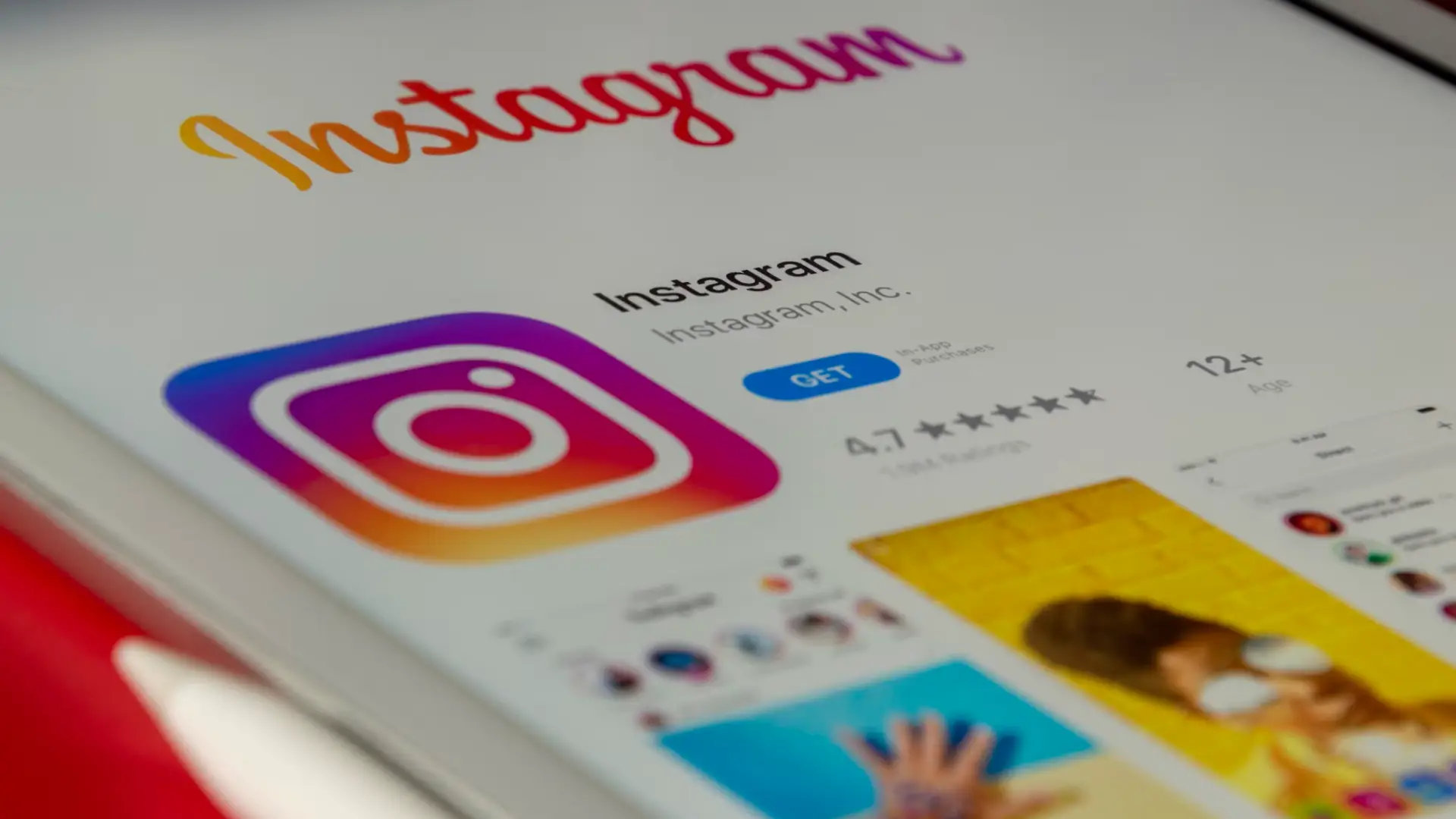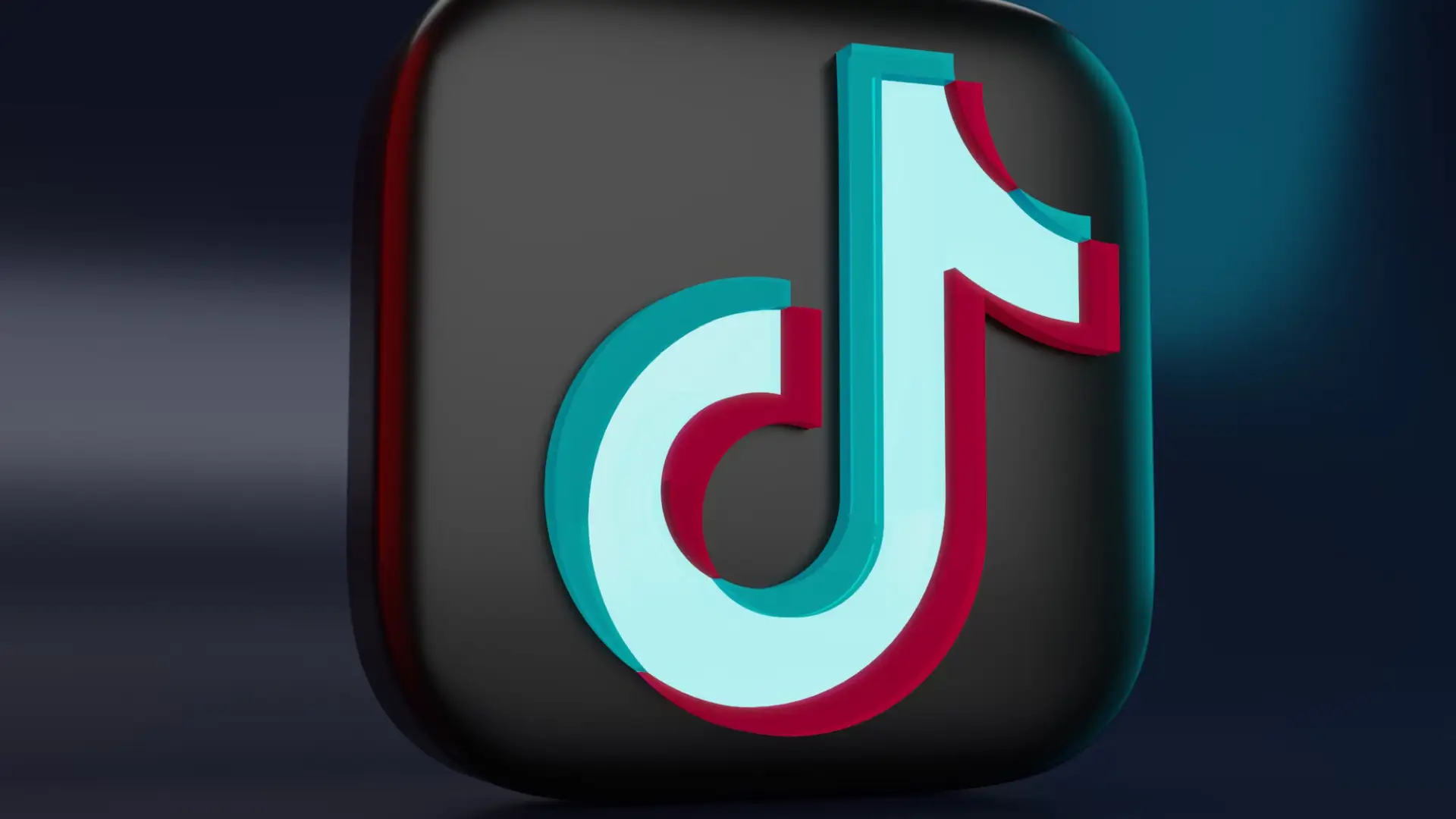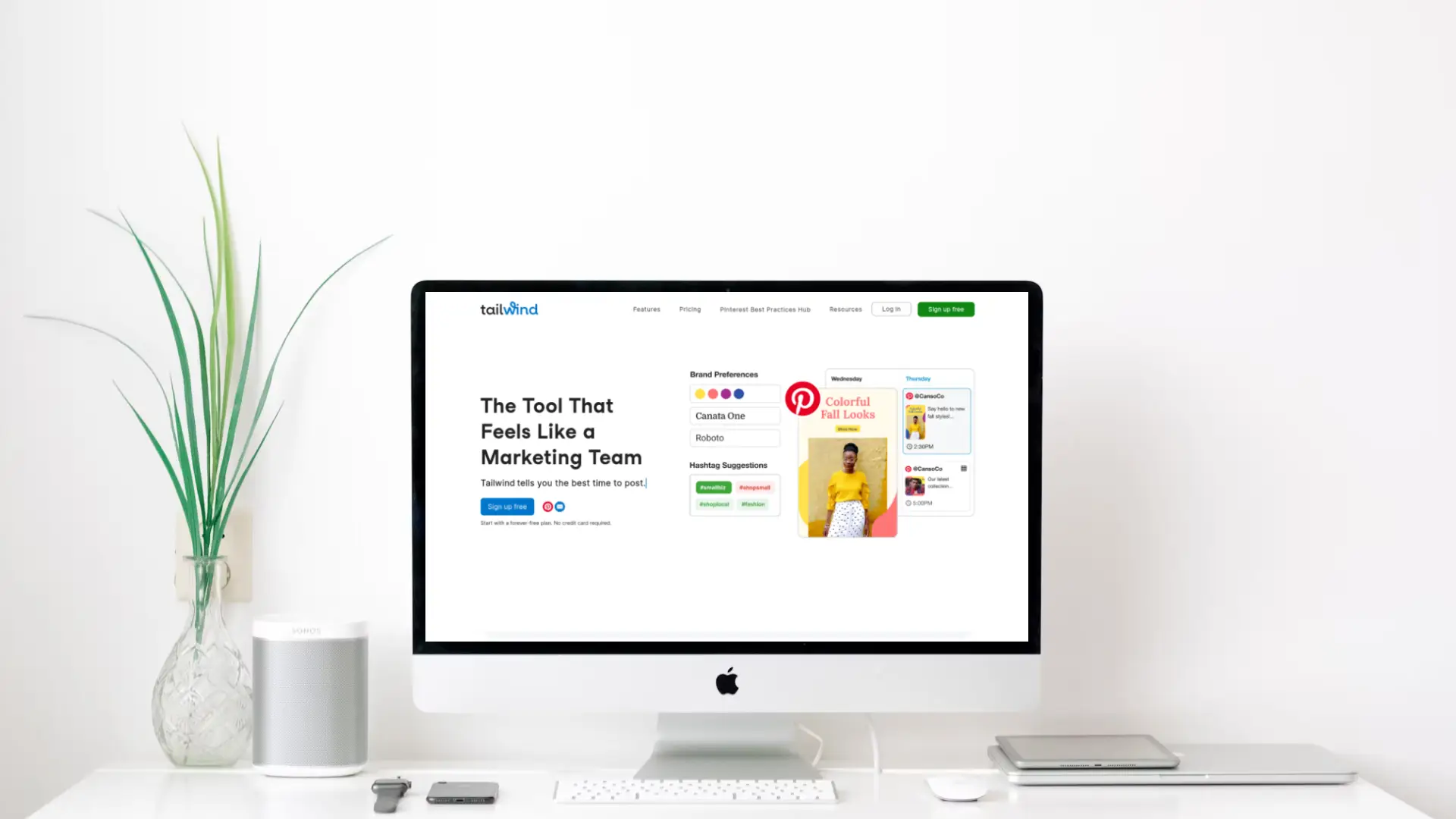Social media is a powerful tool for online businesses, providing a platform to reach a vast audience, engage with customers, and build brand awareness. However, while social media can be a goldmine for growing businesses, it’s also a double-edged sword. One wrong move or oversight can lead to lost followers, reduced engagement, or even damage to your brand’s reputation.
In this article, we’ll dive into the biggest mistakes online businesses make on social media and how to avoid them to ensure you’re using these platforms effectively for growth and success.
1. Failing to Have a Clear Social Media Strategy
One of the most common mistakes online businesses make is jumping into social media without a well-defined strategy. Posting content sporadically or without clear objectives can confuse your audience, reduce engagement, and leave you spinning your wheels without results.
Solution: To avoid this, develop a social media strategy that aligns with your business goals. Define your target audience, establish key performance indicators (KPIs), and decide which platforms best suit your brand. Each post should have a clear purpose, whether it’s raising brand awareness, driving traffic, or boosting sales.
For instance, if you sell eco-friendly products, your strategy could include sharing content that educates your audience about sustainability and the benefits of your products. Your KPIs might include increased website traffic from social media or growing a following among environmentally conscious consumers.
2. Ignoring Audience Engagement
Another big mistake is treating social media like a one-way communication channel. Businesses that only post promotional content without interacting with their audience are missing out on the real value of social media—building relationships and community. When you fail to engage with your followers, it can make your brand appear detached and uninterested.
Solution: Make it a priority to engage with your audience by responding to comments, messages, and mentions in a timely manner. Encourage conversations by asking questions, running polls, or acknowledging user-generated content. This not only builds trust but also fosters loyalty. For example, responding to a customer who has a question about your product or thanking them for their positive review creates a lasting impression.
3. Posting Too Much Promotional Content
Constantly posting promotional content is one of the fastest ways to drive followers away. People come to social media for entertainment, information, and connection—not to be bombarded with sales pitches. If all your posts are about your products or services, it can feel like a never-ending sales pitch, leading to lower engagement rates.
Solution: Strike a balance between promotional content and content that provides value to your audience. Follow the 80/20 rule: 80% of your posts should be informative, educational, or entertaining, while only 20% should be promotional. This way, your audience won’t feel overwhelmed, and they’ll be more likely to engage with your posts. For example, if you run an online fitness business, share workout tips, success stories, and motivational posts, alongside promoting your services.
4. Being Inconsistent with Posting
Consistency is key to success on social media. However, many online businesses make the mistake of being inconsistent with their posting schedule. Sporadic posting can cause your audience to lose interest and may even lead to your content being deprioritized by social media algorithms.
Solution: Create a consistent posting schedule and stick to it. Tools like social media management platforms (e.g., Hootsuite, Buffer) can help automate your posts and ensure you maintain consistency. Ideally, you should post at peak times when your audience is most active. Analyze your insights to determine when your audience is online and adjust your schedule accordingly. For example, if your audience is more active on Instagram in the evenings, schedule your posts for that time.
5. Failing to Adapt Content to the Platform
Each social media platform has its own unique audience and content style. A common mistake businesses make is using the same content across all platforms without adapting it to suit the platform’s norms and audience preferences. What works on Instagram may not resonate with users on LinkedIn, for example.
Solution: Tailor your content for each platform. Instagram is more visual, so focus on eye-catching images and videos. LinkedIn, on the other hand, caters to professionals, so a more formal, informative approach works best. Similarly, Twitter is ideal for short, punchy updates, while Facebook allows for longer, more engaging posts. When you adapt your content to fit each platform, you increase its relevance and engagement potential.
6. Not Tracking Performance Metrics
Many online businesses fail to measure the effectiveness of their social media efforts. Without tracking metrics, it’s impossible to know what’s working and what isn’t. This leads to wasted time and resources on ineffective strategies.
Solution: Regularly track key performance metrics such as reach, engagement, click-through rates, and conversions. Most social media platforms provide analytics tools that allow you to monitor the performance of your posts. Use this data to adjust your strategy, focus on what resonates with your audience, and eliminate what doesn’t. For example, if you notice that videos are getting more engagement than static posts, prioritize creating more video content.
7. Neglecting Visual Branding
Another common mistake is failing to maintain consistent visual branding across social media platforms. Inconsistent colors, fonts, and overall aesthetics can confuse your audience and make your brand seem unprofessional. Your visual branding is a reflection of your business identity, and neglecting it can hurt your credibility.
Solution: Ensure that your visual branding is consistent across all social media platforms. This includes using the same logo, color palette, fonts, and imagery style. For example, if your business is known for its minimalist design, carry that aesthetic across your Instagram, Facebook, and Twitter profiles. Consistent branding builds recognition and trust with your audience.
8. Ignoring Negative Feedback
Some businesses make the mistake of ignoring negative comments or reviews on social media, hoping they will disappear on their own. Unfortunately, this can backfire, as potential customers might perceive your business as unresponsive or unwilling to address concerns.
Solution: Address negative feedback promptly and professionally. Responding to complaints or criticism shows that you care about your customers and are committed to resolving issues. Whether it’s a customer dissatisfied with your product or a technical issue they’re facing, a thoughtful response can turn a negative situation into a positive one. For example, offering a solution, a refund, or a public apology demonstrates accountability and may win back the trust of the customer.
9. Failing to Leverage User-Generated Content
User-generated content (UGC) is a goldmine for online businesses, yet many fail to leverage it. UGC includes any content—such as reviews, testimonials, or photos—created by your customers. By neglecting to showcase this content, businesses miss out on an opportunity to build social proof and boost credibility.
Solution: Encourage your customers to share their experiences with your products or services on social media. Create campaigns that incentivize UGC, such as giveaways or shoutouts, and re-share their content on your own profiles. UGC not only builds trust but also engages your community and creates a sense of belonging around your brand.
10. Not Taking Advantage of Paid Advertising
Relying solely on organic reach can limit your business’s potential on social media. While organic strategies are important, the reality is that paid advertising offers a way to significantly boost your visibility and reach a larger audience. Many businesses shy away from social media ads due to costs or unfamiliarity with the tools, missing out on valuable opportunities.
Solution: Incorporate paid advertising into your social media strategy. Platforms like Facebook and Instagram offer targeted ad options that allow you to reach specific demographics, interests, and behaviors. Even a small budget can lead to significant results if your ads are well-targeted. For example, running a Facebook ad campaign for a new product launch can drive immediate traffic and sales.
Conclusion
Social media can be a powerful tool for online businesses, but it’s essential to avoid common mistakes that can hinder your success. By having a clear strategy, engaging with your audience, maintaining consistency, and leveraging data, you can effectively use social media to grow your business. Additionally, avoiding these pitfalls will help you build a strong online presence, foster customer loyalty, and achieve long-term success.
Disclaimer
The information provided in this article is for general informational purposes only and does not constitute professional advice. Results may vary based on individual business strategies and circumstances. Please consider your business needs and goals before implementing any social media strategies.
This article is copyright © blogwidow.com. Please do not reprint without permission.














